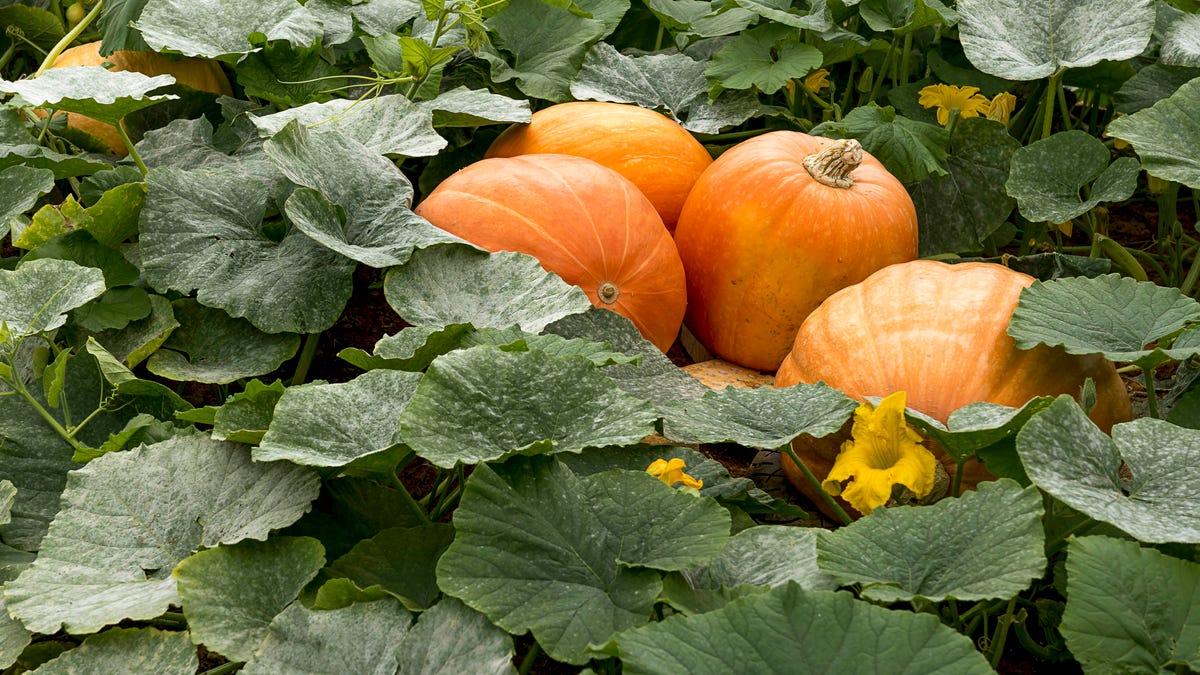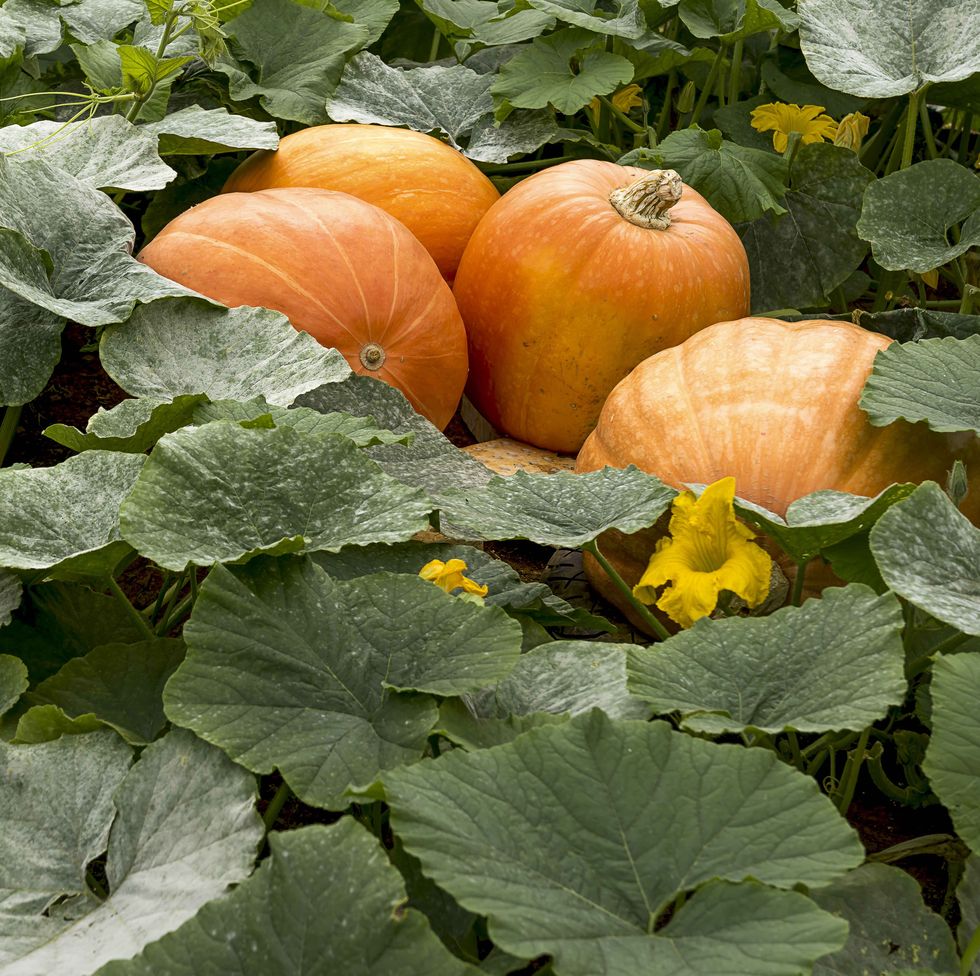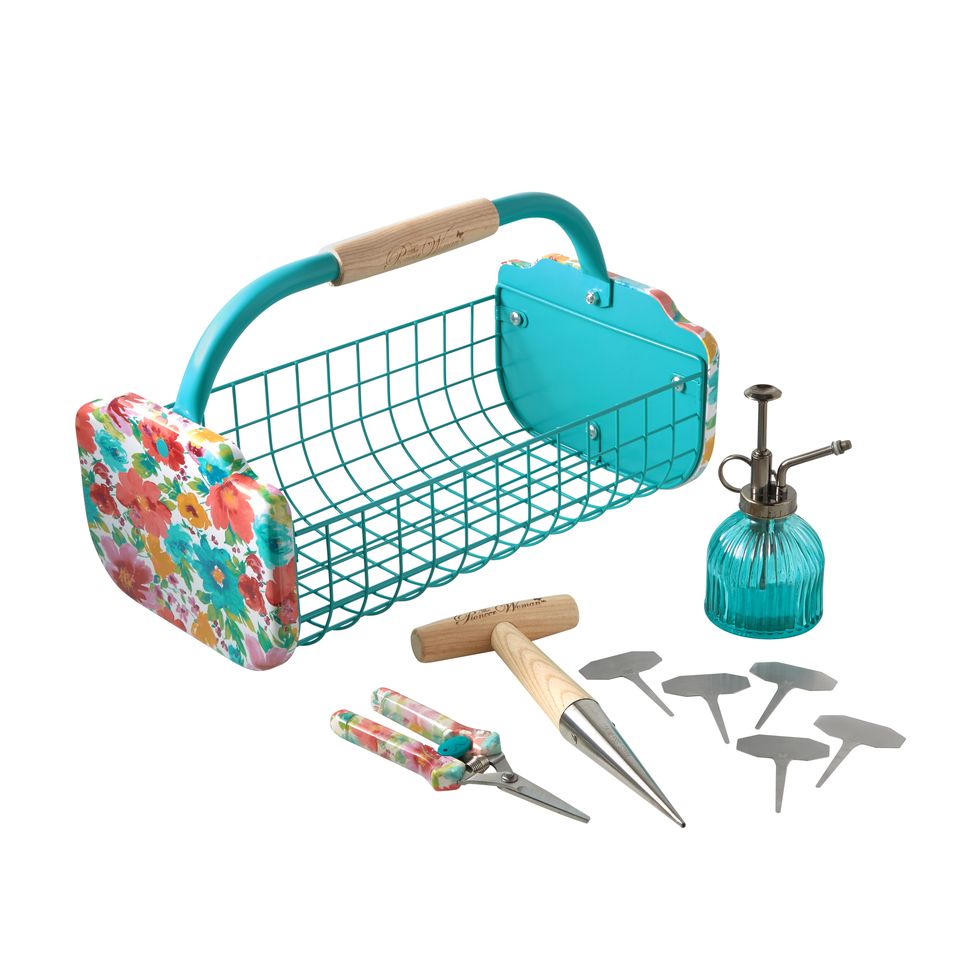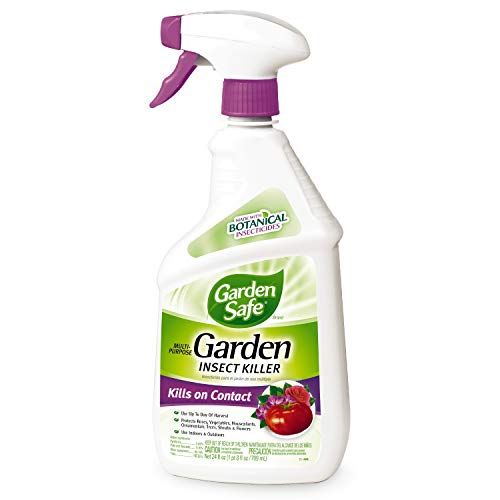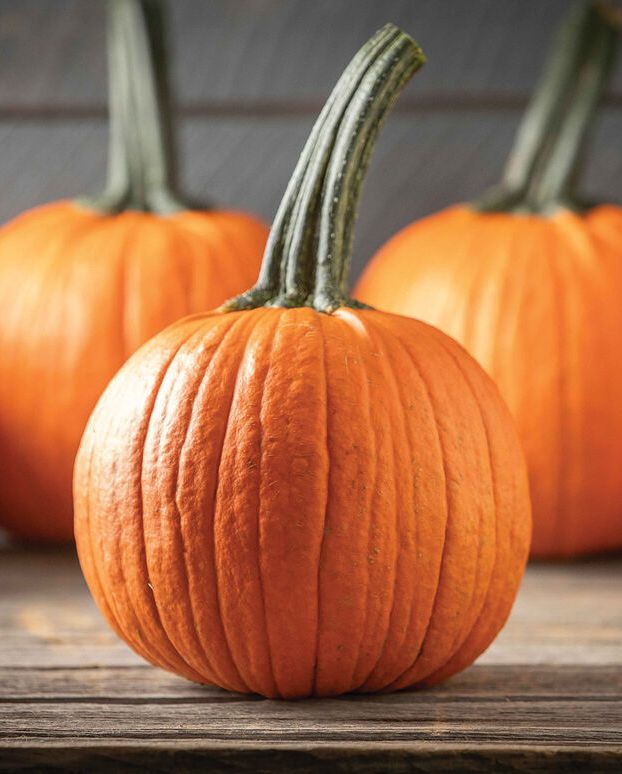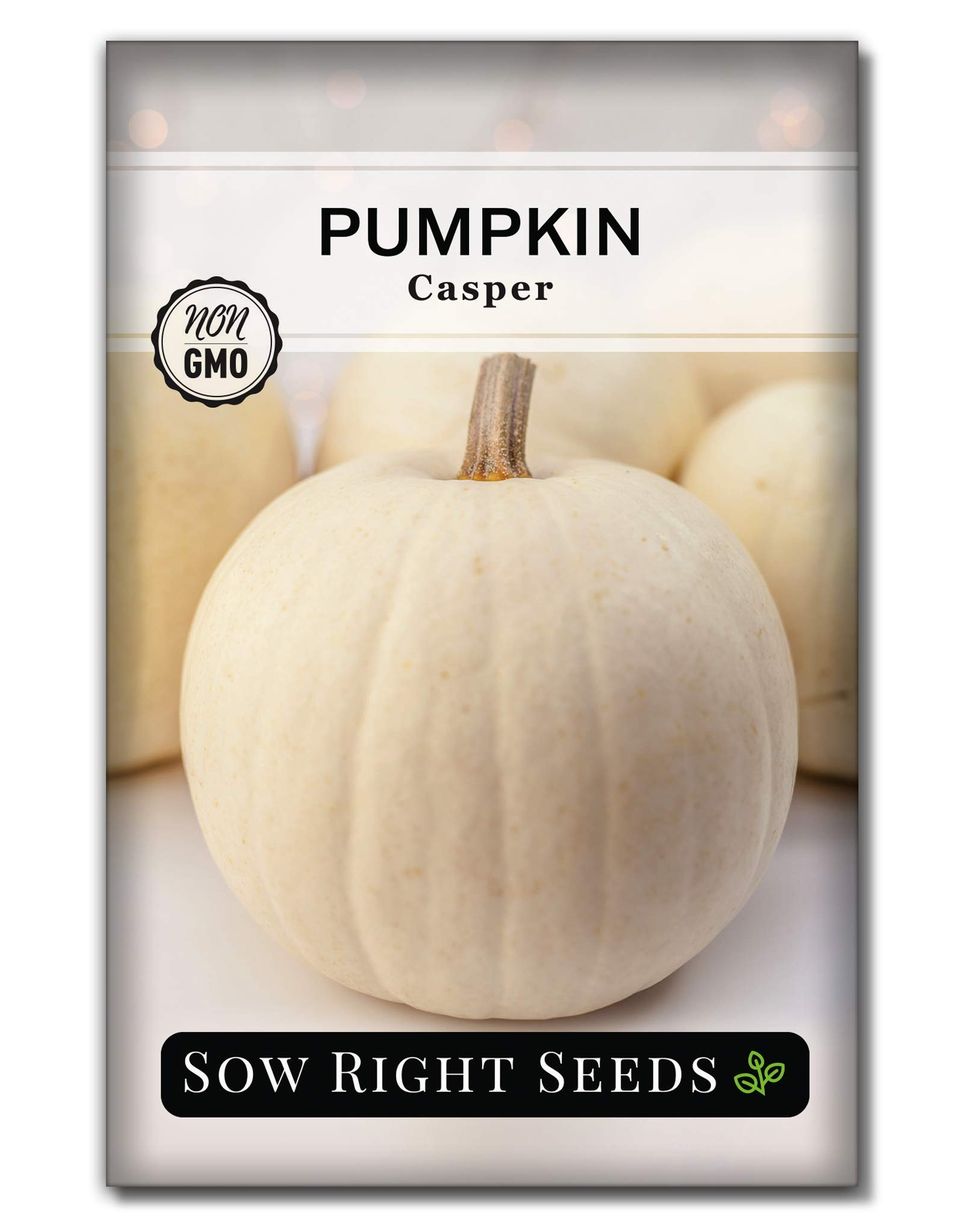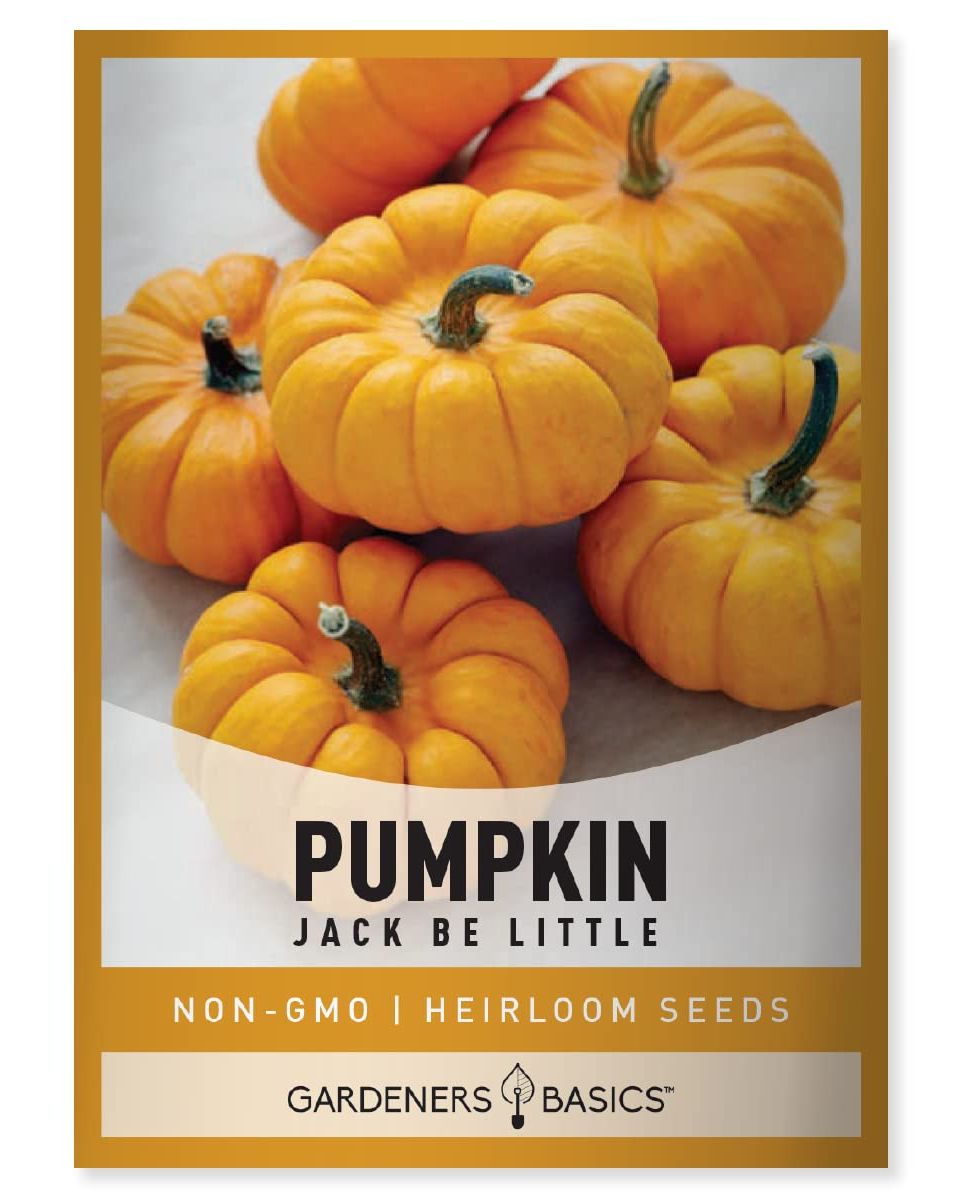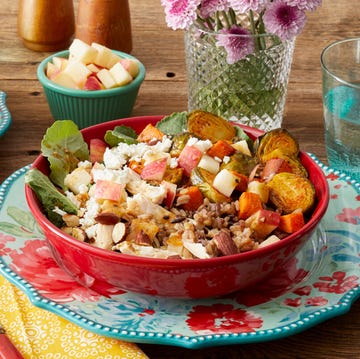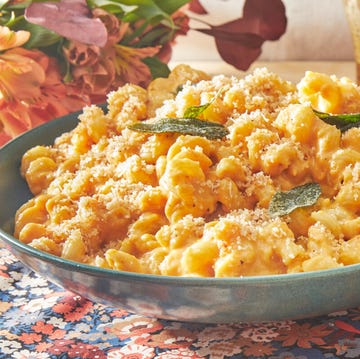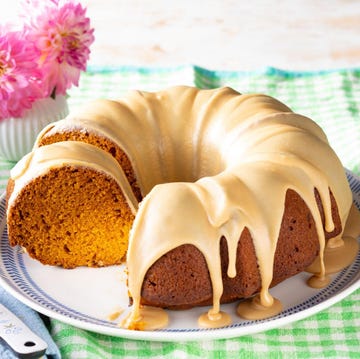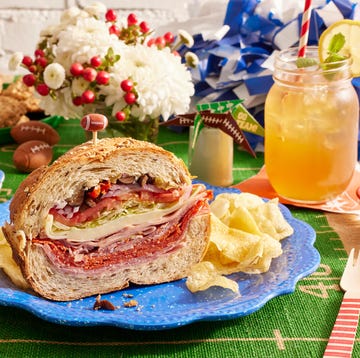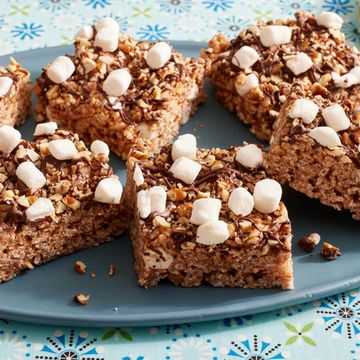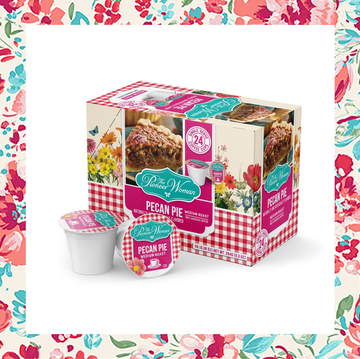Is there anything that just screams fall more than pumpkins? Whether decorating with pumpkins or whipping up one of Ree Drummond's favorite pumpkin recipes (think: homemade pie, muffins, and pancakes) or visiting your local pumpkin patch to pick one out then carve it, the festive little gourds are the start of so many special autumnal traditions.
Well, here's another fall activity for you: Did you know you can grow your own pumpkins? Though they're not difficult to grow, you will need lots of time and plenty of space! Not only do they require months to mature, but vining pumpkins can be more than 20 feet long. Many newer varieties (there are so many different types of pumpkins) are more compact or semi-bush in growth habit, but they still require three to four feet all around them in every direction. Unlike many other garden vegetables, pumpkins do not do well in containers, so save these plants for garden or raised beds.
Here's everything else you need to know about how to grow pumpkins, including when to pick pumpkins and how to keep pumpkins from rotting! We're seeing so many pumpkin crafts and pumpkin desserts in your future.
How do I plant pumpkins?
After you decide on your perfect pumpkin to plant, pick a spot with full sun, which is considered six or more hours of direct sunlight per day. Make sure all danger of frost is past and the ground has warmed to around 60 degrees because pumpkins don't like cold soil. You can plant seedlings, but pumpkins generally do better if seeded directly into the garden.
You'll then place seeds about an inch deep and about three to five feet apart in your garden—dependent on the instructions for your specific packet of seeds. Some people like to build up the soil into little "hills," but that's not really necessary. One exception? If your ground doesn't drain well. Planting in raised beds or hills may help water drain off and keep your pumpkins from rotting in the field.
Keep the area weeded so the pumpkins won't have to compete for water and nutrients. After they have been in the ground a few weeks, feed them with a general purpose balanced fertilizer you'd use for other garden vegetables. Also, make sure to give them plenty of water when the flowers and fruits are forming. They'll need a deep but gentle soaking once per week with about an inch of water at a time. Just be sure to adjust this amount based on rainfall, because overwatering can lead to root rot.
Planting flowers nearby may help fruit set, too, because pumpkins need bees for pollination so that fruit will form. Also keep in mind that you usually won't need to prune your pumpkin vines.
What kind of pumpkin should I grow?
There are actually over 150 types of pumpkins in the world, with so many accompanying variations in size, color, taste, and texture. So whether you want a classically round, orange pumpkin or want a uniquely shaped, colorful gourd, you're sure to find it.
Depending on the variety, pumpkins can take 85 to 120 days to mature, so you'll need to count back from your area's first expected frost date to determine the last date you can plant your seeds and still expect to harvest pumpkins. If you want pumpkins in time for Halloween, that means you'll typically need to plant seeds by late June to mid-July in most of the country.
There are so many fun varieties now available! Good choices for smaller spaces include Orange Smoothie, Blue Prince, and Wee B-Little. But don't forget even "compact" varieties need lots of room to grow. However, if your vines start wandering off outside your fall garden and onto the lawn, it's totally fine to lift them and gently redirect them back into your garden bed.
What about pumpkin pests and diseases?
It's important to inspect your plants every day to watch for pumpkin pests, which can destroy your crop seemingly overnight. One of the most common problems is cucumber beetles, which are small, pale greenish-yellow bugs with black stripes or spots. They carry bacteria in their guts, leaving it behind as they feed so that the plants collapse in a few weeks. Treat with a botanical insecticide such as pyrethrin.
Another common pest is squash bugs, which hide under leaves when the flowers or fruit appear. They have brownish eggs, while the adults resemble stinkbugs. You can scrape off the eggs, or use neem oil or spinosad, an organic insecticide. You’ll often need multiple applications to get pumpkin pests under control. Also, make sure to apply any product early in the morning or late in the evening when pollinators are not at work.
Powdery mildew, which is a dusty grey color, may appear on leaves, but it seldom kills plants, so don't worry about it too much; many kinds of pumpkins get powdery mildew in fall. If it appears early in the season, you can try a fungicide but it will take several weeks to get it under control.
When can I harvest my pumpkin?
Pay attention to the seed package information that indicates how long your pumpkin will take to mature. That gives you a ballpark idea of when your pumpkins will be ready and when you can pick them—though you'll want to do so before any heavy frost. Then when each pumpkin rind has hardened and reached the color it's supposed to be (orange, blue, white, or speckled!) and the vines look shriveled, wear gloves and use a sharp knife to cut through the stem. Leave about six inches of stem remaining, and carry your pumpkin by the bottom so the stem won't break off.
Arricca Elin SanSone has written about health and lifestyle topics for Prevention, Country Living, Woman's Day, and more. She’s passionate about gardening, baking, reading, and spending time with the people and dogs she loves.
